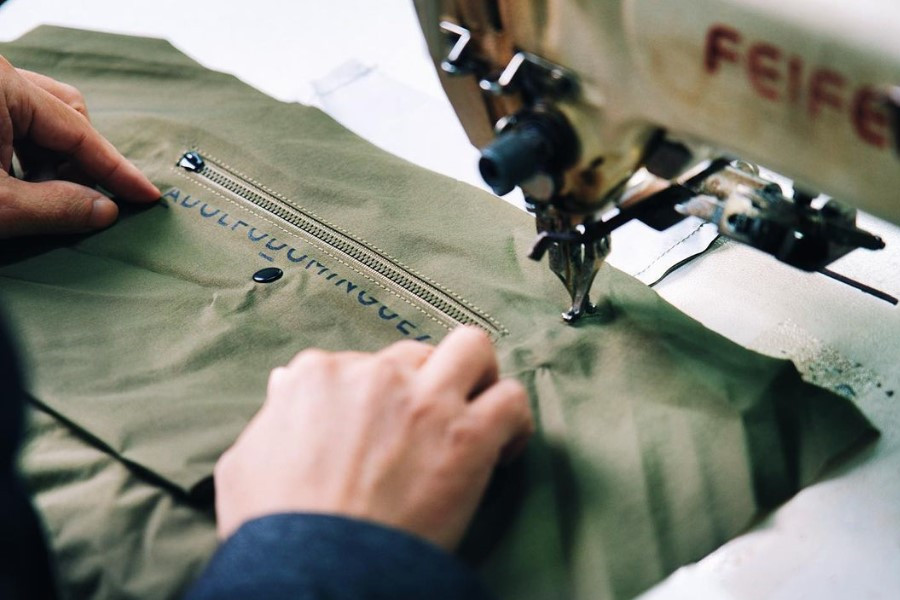
1. Procurement of Raw Materials
The first step in the manufacturing of leather products is procuring raw hides or skins. These are typically by-products of the meat industry. This procurement step is critical as the quality of the raw hide largely determines the quality of the final product. It’s important to note that no animal is specifically killed for its hide, as the skins used are a by-product of meat consumption.
2. Preparation for Tanning
Preparation for tanning involves cleaning the hides and removing unwanted substances. The hides are soaked in water to clean them and return them to their natural state. The next steps include removing hair, flesh, and other unwanted materials from the hides. Liming, bating, and pickling are other processes included in this stage to further prepare the hide for tanning.
3. Tanning
Tanning is perhaps the most crucial step in the leather manufacturing process. This stage involves treating the hides with a tanning agent to prevent decay and make the leather durable. There are several methods of tanning, the most common of which involves using chromium salts. Other methods include vegetable tanning, which uses tannins extracted from plant sources, and brain tanning, a traditional Native American method that utilizes animal brains or other natural emulsions.
4. Crusting
After tanning, the leather undergoes crusting to thin it out and make it pliable. This process may also include re-tanning the leather, dyeing it to the desired color, and applying treatments to soften it.
5. Design and Cut
Once the leather is ready, it’s time for the design and cut stage. Here, the design is sketched on the leather surface, and then the leather is cut into pieces. The cutting could be done by hand or using a machine, depending on the complexity of the design and the scale of production.
6. Assembly
In the assembly stage, the cut pieces of leather are stitched together to form the final product. This process requires great precision and attention to detail, as each stitch must be perfect to ensure the product’s durability and aesthetic appeal.
7. Quality Control and Finishing
After assembly, each product undergoes strict quality control checks to ensure it meets the high standards set by the manufacturer. Any final touches, such as polishing or adding accessories like buckles, zippers, or handles, are also completed at this stage.
8. Packaging and Distribution
The final stage is packaging the finished product and preparing it for distribution. Each product is carefully packed to prevent any damage during transit.
At Leather Bag Factory, we adhere to this detailed process to craft our high-quality handbags. We are proud to combine age-old craftsmanship with modern designs to create products that meet our customers’ style and functional needs.